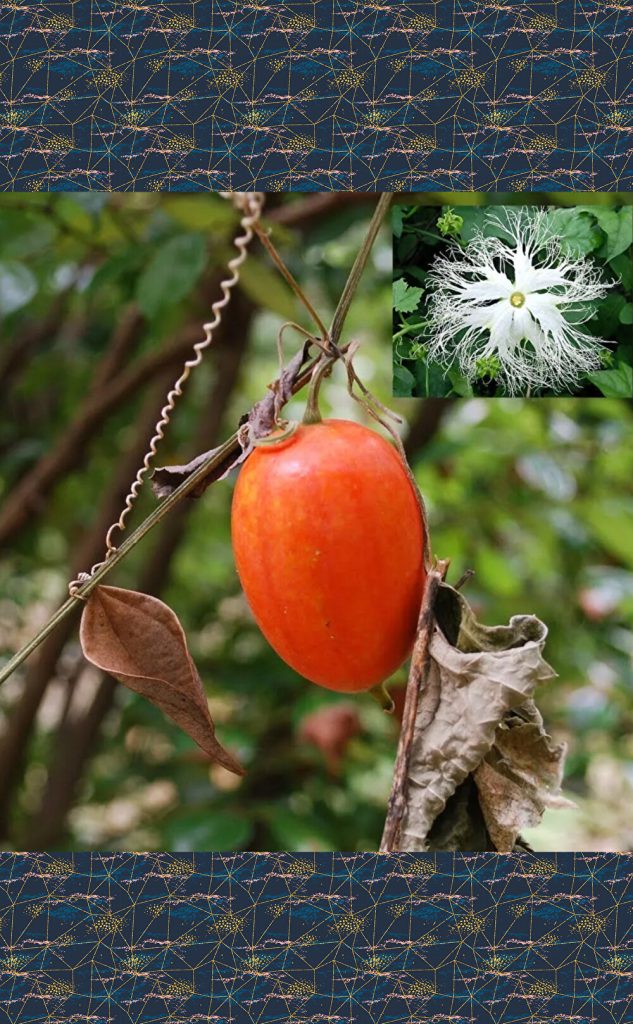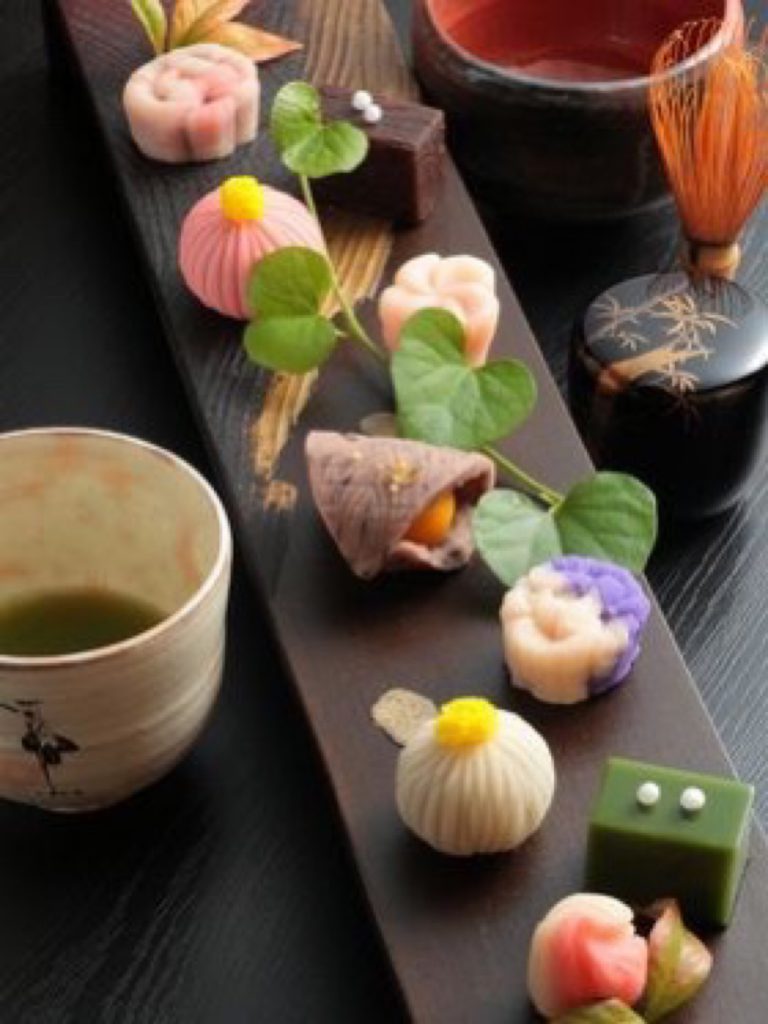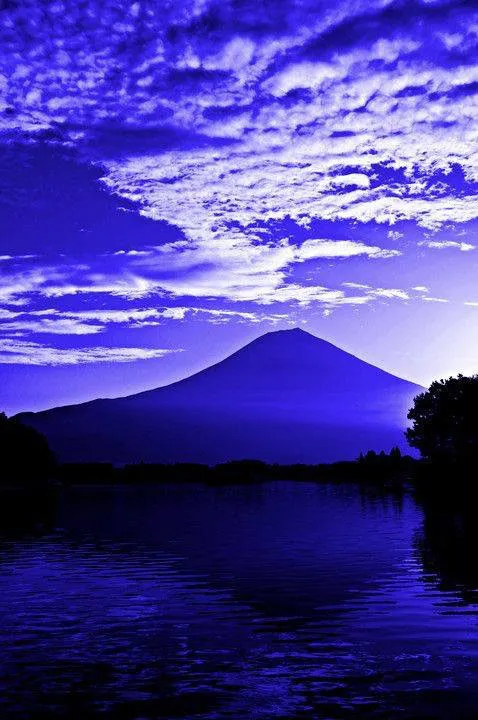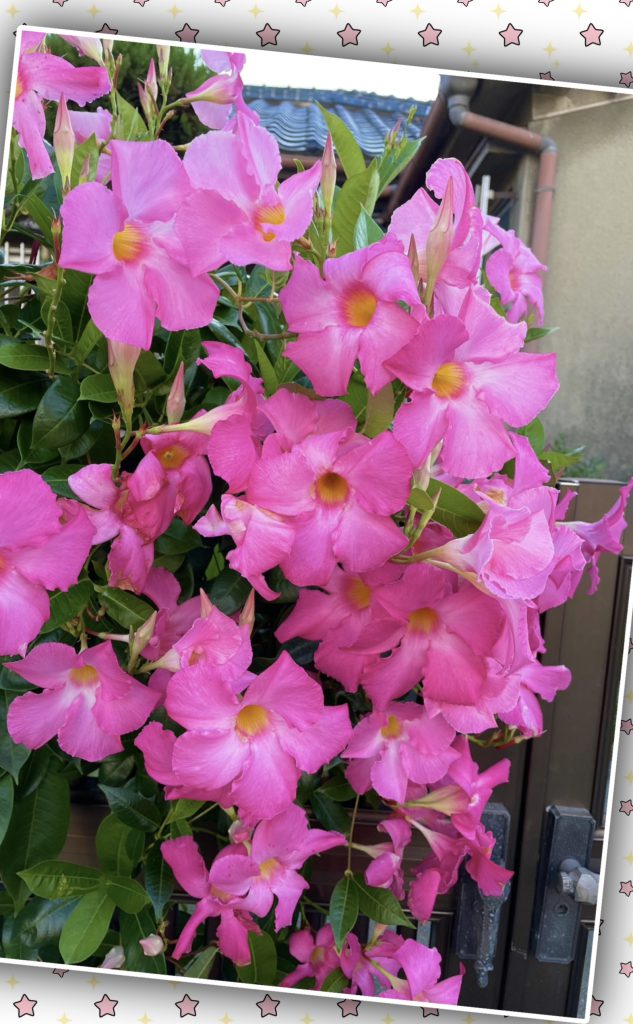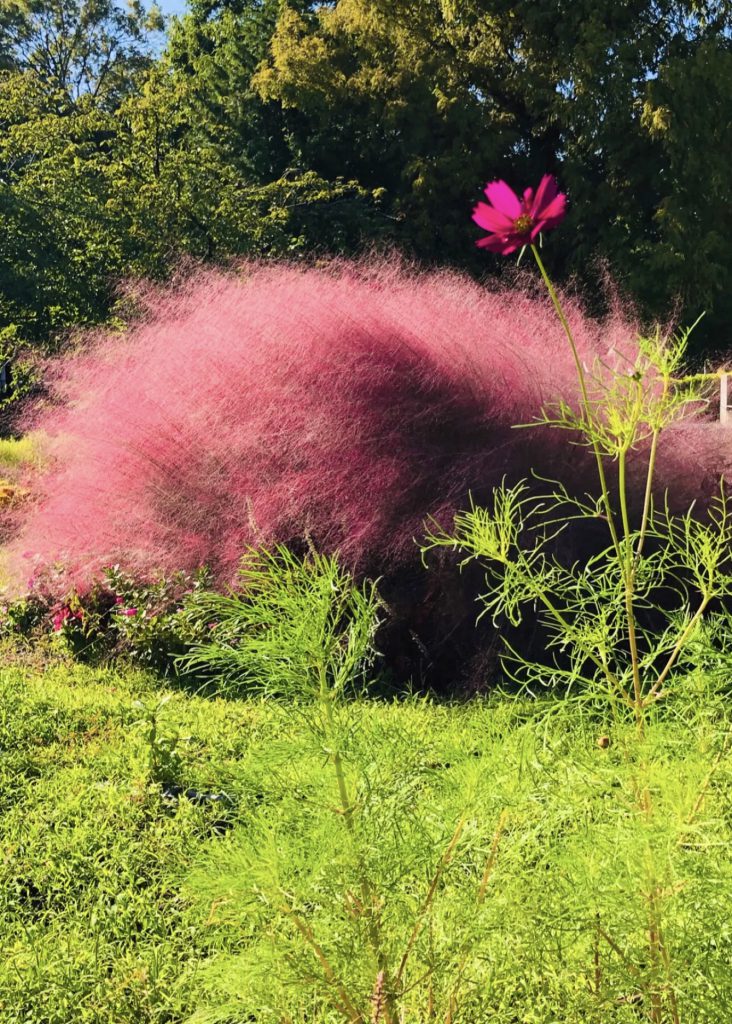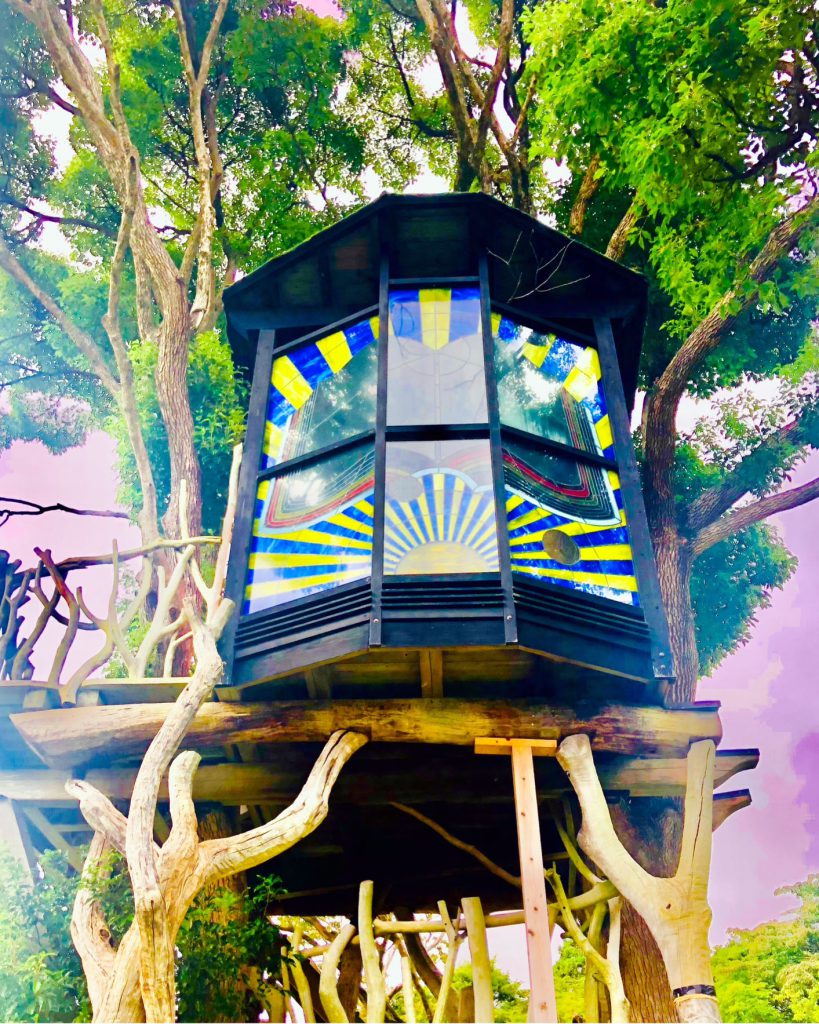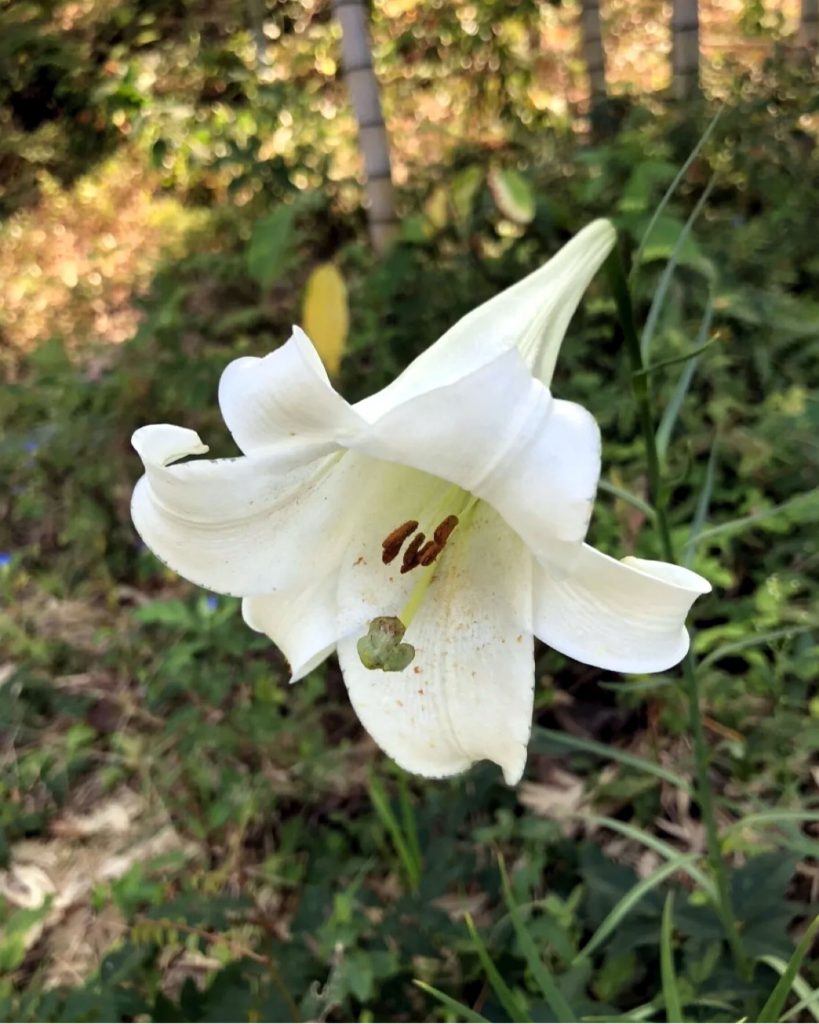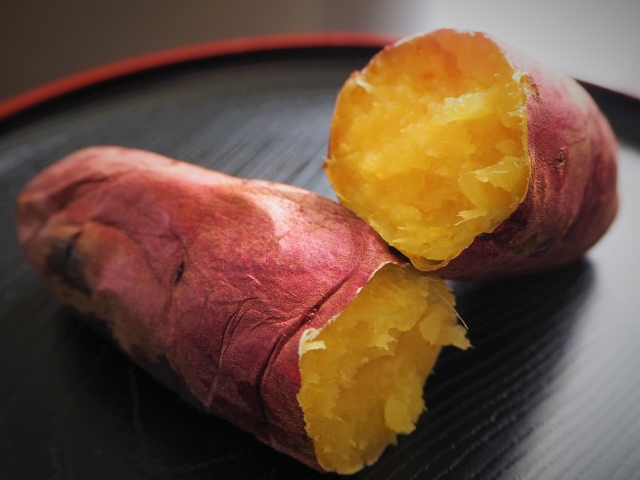
I checked the autumn taste ranking with three questionnaires. The first place for all three was “sweet potato”. It is true that sweet potatoes are delicious as baked sweet potatoes, steamed, sweet potato porridge, grilled, or boiled. It boosts the autumn appetite. The sweet potato was brought to Japan from China in the early 17th century via the Ryukyus and eventually to Satsuma. Satsuma no imo, or sweet potato, was cultivated in southern Kyushu. During the Edo period, there was a series of famines, but the areas that cultivated sweet potatoes were spared from starvation. For this reason, the Edo shogunate promoted sweet potatoes as a relief crop, and they spread rapidly throughout the country. In the latter half of the Edo period, steamed sweet potatoes had been the mainstream until then, but baked sweet potatoes took over, and it is said that shops with banners of “○-yaki” spread all over Edo. Utagawa Hiroshige’s “One Hundred Famous Views of Edo” also depicts a shop with a banner of “○-yaki”.
秋の味覚ランキングを3つのアンケートで調べてみました。3つとも第1位は「さつまいも」でした。確かにサツマイモは焼き芋にしても美味しいし、蒸いも、芋粥と、焼いて良し、煮ても良しで、秋の食欲をそそります。そのサツマイモ、日本へは17世紀初めに中国から琉球を経てやがて薩摩に伝わりました。九州南部で栽培されたのが「薩摩の芋」、つまりサツマイモです。江戸時代には相次ぐ飢饉に見舞われましたが、サツマイモを栽培していた地域は飢餓から免れました。その為江戸幕府はサツマイモを救荒作物として奨励し、急速に全国に広まりました。江戸時代後期には、それまで蒸いもが主流でしたが、焼き芋がそれに取って代わり、「○焼き」の幟を立てた店が江戸中に広まったそうです。歌川広重の『名所江戸百景』にも「○焼き」の幟を立てた店が描かれています。

